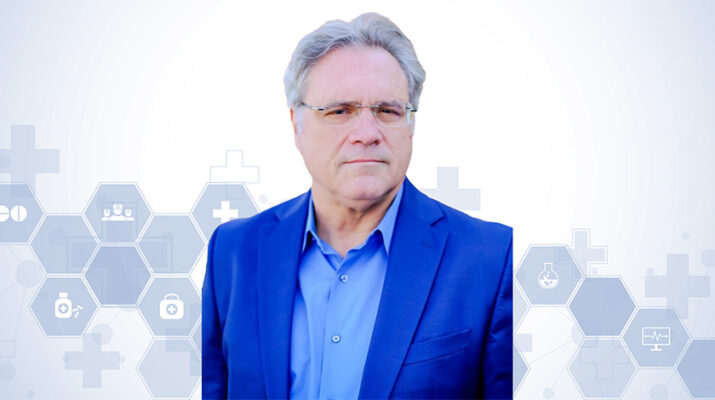Iroquois Healthcare Alliance’s CEO seeks to get assistance from state for its members. “Our member hospitals are experiencing some of the worst financial and workforce challenges they’ve ever faced,” he says
By Brenda Alesii
The New York state budget is a focal point every April, and this year Gary Fitzgerald is making a request that could impact thousands of hospital patients.
Fitzgerald, a Cornell University alumnus, is the CEO and president of the Iroquois Healthcare Alliance. The nonprofit alliance is a regional healthcare trade organization representing more than 50 hospitals and health systems, across 32 counties of Upstate New York. Its representation includes everything from rural facilities to so-called safety net providers to large, academic medical centers in urban areas. Hospital size ranges from 10 beds to 500-plus. Advocacy, education and cost-savings efforts are among their shared objectives.
In Good Health spoke with Fitzgerald about his organization’s funding request in the final state budget.
Q: The Iroquois Healthcare Alliance serves a vast area, spanning more than 28,000 square miles. What is the connection with the Iroquois name?
A: Iroquois recognizes the history and collaboration of the Six Nations Iroquois Confederacy—a tribal alliance of Native Americans, which serves as one of the first examples of organizations working together for the betterment of all. The vast geography of the consolidated region includes Central, Northeastern, Utica-Watertown, Southern Tier and the North Country, all of which were once part of the Iroquois lands.
Q: Do you have collaborations with hospitals and health-care facilities in Buffalo and Western New York?
A: Yes, we occasionally work with the Western New York Hospital Association, talking with leaders at the hospitals and exchanging ideas. While we are based in Upstate New York, anyone can join the alliance. We have members in Vermont and Pennsylvania. Our primary job is advocacy, that’s number one. It is important that all are treated fairly with reimbursements and overall regulations.
Q: Why should the state budget provide support for Upstate New York hospitals?
A: We want to convey to lawmakers that the needs of Upstate New York and rural hospitals are great. It’s no secret that health care has been in peril since the pandemic started, and as the infection rate and stories about heroic health care workers subside, it may seem as if we are returning to normalcy. The reality is wildly different. Our member hospitals are experiencing some of the worst financial and workforce challenges they’ve ever faced. Much of it has to do with lasting effects of the pandemic, the impact of wildly increased staffing agency costs, longstanding staffing shortages, and harmful, but well-meaning, regulations.
Q: What do you think of Gov. Hochul’s proposed 5% Medicaid rate increase?
A: We are calling for a Medicaid rate increase on the order of 25% as that demonstrates the magnitude of the challenges we are facing. That change is sorely needed in this new and developing landscape.
Q: Your organization recently conducted a staffing vacancy survey, which reflects how the shortage of workers remains unabated, continuing at rates two-and-a-half times higher than before the pandemic. How can the state help?
A: We commend Gov. Hochul for including measures in the budget to increase staffing agency practices transparency. These agencies charge exorbitant rates. We call on the state to invest in a permanent upstate healthcare workforce recruitment and retention fund, supporting education and pipeline programs to supply the next generation of workers.
Q: On your website, www.Iroquois.org, you have a section on the “Caring Gene.” What information is available there?
A: So many healthcare workers became burned out during the pandemic. Hospitals are now paying up to three times more than before the pandemic. Rather than working at McDonald’s, we encourage people who are looking for security and who enjoy caring for people to find fulfillment in a health care position. We have more than 300 positions available, including those for nurses, technicians, lab workers. The need is great; workforce is our biggest challenge.

